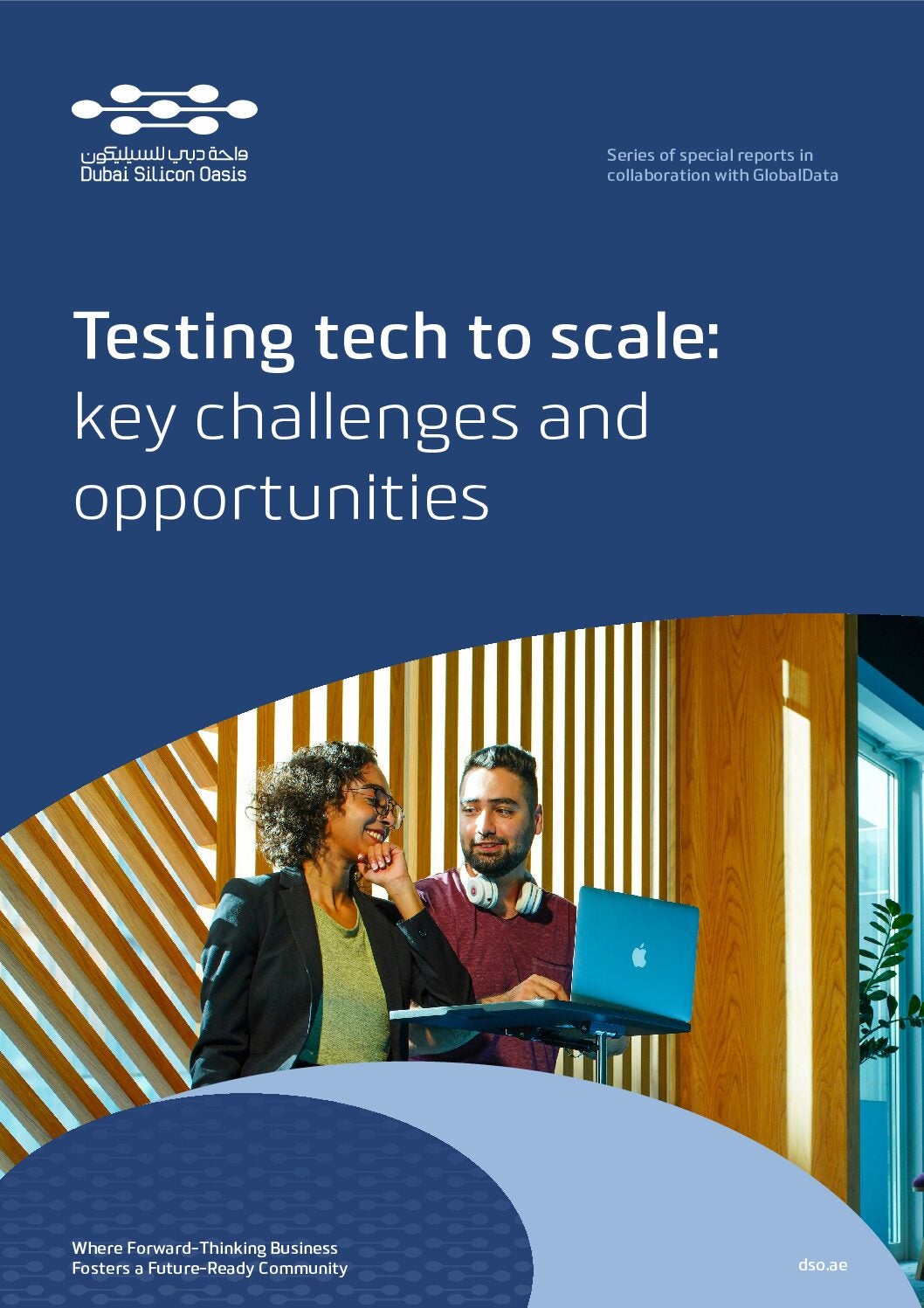
While the playground for drug discovery and development has changed, the name of the game for pharma and biotechs remains the same: discovering a molecule that can be transformed to an asset, which is administered to patients.
The current market is a far departure from the “glory days” in 2020 where companies could secure capital for a pipeline with multiple early assets, said Alethia Young, CFO of Bicycle Therapeutics. And it is unlikely that the industry will be able to return to those days as the existing environment is tougher and requires a more aggressive and calculated strategy as well as opportunistic moments to secure funding, Young added.

US Tariffs are shifting - will you react or anticipate?
Don’t let policy changes catch you off guard. Stay proactive with real-time data and expert analysis.
By GlobalDataYoung was speaking at the Financial Times Live Funding Biopharma Innovation event, which took place on 26 June.
As an investor, it is also much harder now than it was in 2021 to decide whether an idea or platform is de-risked or trustworthy enough to invest in, said Rohan Ganesh, partner at Obvious Ventures. While there was more downstream capital going towards the platform space in 2021, today’s environment is seeing people “waking up” to the potential of AI in drug discovery, Ganesh explained. Now, investors are building syndicates to allow biotechs to stay out of smaller funding rounds for a couple of years and build their pipelines.
The next five years will see the use of AI ramp up in drug discovery and fundamentally change the way drugs are discovered, said Ganesh.
However, emerging biotechs have fallen short in mapping out the full value of their assets, said Neel Patel, executive Managing Director and Head, Commercial Advisory Group at Syneos Health. Companies have more difficulties in obtaining funding for late-stage studies because they have not considered the commercial implications and investor questions surrounding the risk and value of their assets, Patel explained. However, as big pharma is holding onto a significant cash pile and is ready to deploy those resources for de-risked late-stage assets, it will be interesting to see the “tension” between big pharma and private equity investors in terms of their investment strategies, Patel added.
Biotech assets are ultimately the “lifeblood” of the biopharma pipeline; and biopharma has the firepower and the money to invest in these candidates, explained Sherrie Glass, Biopharma Strategy and Business Development Leader at Bristol Myers Squibb. As revenue growth is what drives biopharma share prices, what these big companies need are late-stage assets that are ready to compete when certain patents expire, she elaborated.







